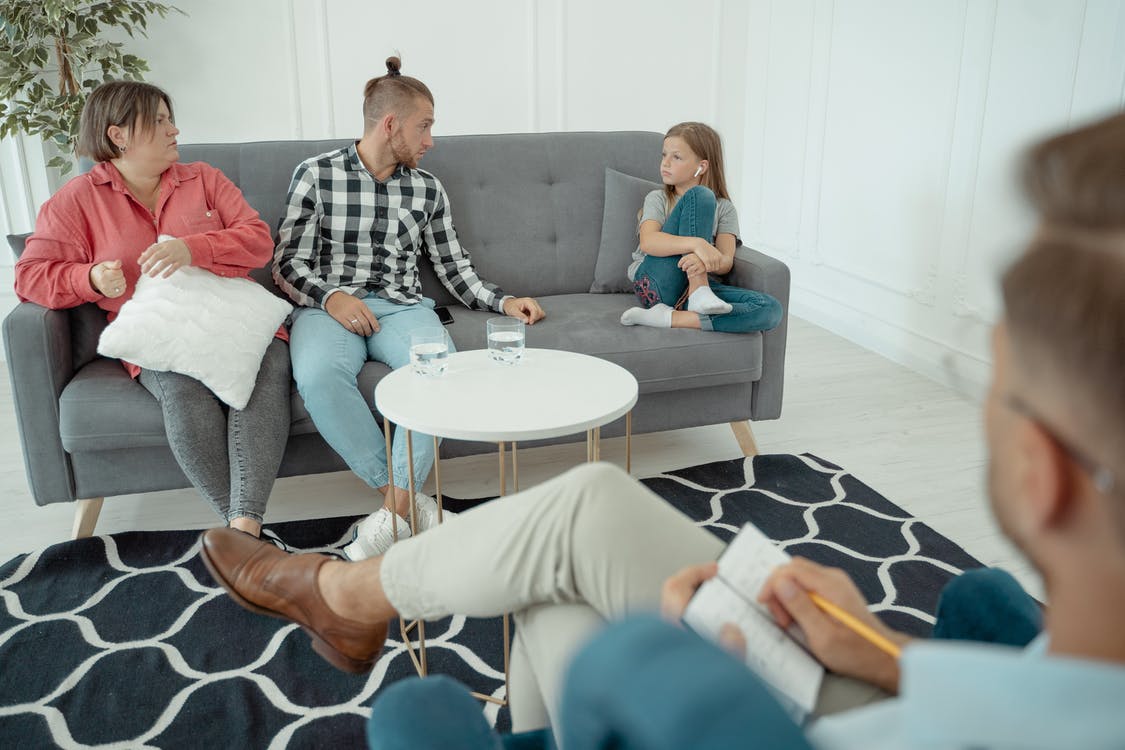Children are vulnerable in any society. Therefore communities must protect and nurture them. Unfortunately, most children are suffering from a hidden epidemic of abuse. Behind closed doors, children get subjected to sexual, physical, emotional, and mental abuse, which has lasting effects on them and can lead to fatal consequences.
The United Nations loses five children every day to abuse and neglect. In 2019 American state agencies found over 650,000 children who were a victim of child maltreatment. These stats will not improve unless a wide-scale intervention occurs, and you as a social worker have an essential role to play. By actively inserting yourself into these homes and removing children from harm’s way, you can help rescue precious lives from succumbing to the violence around them. Here are some ways you can do your job:
1. Take The Necessary Safety Measures
Before you deal with any case, you must keep yourself safe. An abusive guardian will not allow you to take the child away with no qualms. You should expect them to fight, argue or even use obscene language while confronting you. Some guardians may also be under the influence of drugs or alcohol while talking to you. In such cases, you cannot inform the abuser that you’re stopping by for a visit and must perform a surprise visit.
Therefore for the sake of safety in the community, take necessary steps to prevent a situation from escalating. Suppose you’re visiting an underdeveloped area with broken roads, litter, and exposed wiring. Make sure you mind your step, wear clothing that conceals your skin and wear a mask to prevent contracting an airborne infection. If the child is in a violent situation, you may get the police involved and take them with you to the scene. You should also have your phone charged and an emergency helpline number on you.
Additionally, provide your employer with a real-time location so that they can track your movements and ensure you’re safe. You’re not allowed firearms but can ask a police officer to assist you in your visit. On the other hand, if you’re going for a planned inspection, you must inform the guardians and don’t drop by unannounced. These are routine inspections if there are noise complaints or a child got adopted to ensure they’re safe and well adjusted.
2. Assess A Child Behavior and Environment
Children living in abusive and neglectful households exhibit specific behavior. Their actions vary depending on how much they endured and their age. Minor children may become withdrawn, anxious, and unable to sit still. They may fidget in your presence, glance at their abuser, and try making themselves look smaller by sitting slumped or choosing a corner away from you. Teenagers can be aggressive or hostile towards you, with some choosing to ignore your questions. You must pick up these signs and make a note of them. While it’s natural for a child to be wary of strangers, being actively terrified of their guardians suggests abuse.
You should also look at the condition of the house. A child needs a clean environment to grow up healthily. Suppose you notice the house looks filthy, has clutter, may smell weird, or is in a poor state with noticeable cigarette butts. In that case, Your final assessment is to look at the child’s physical appearance.
While you can’t carry out an invasive examination without the court’s orders and a doctor present, you can make a surface-level evaluation. Does the child look stunted, or injured, as visible bruises, scabs, burn marks, scars, and if they look malnourished? As a social worker, you’ll get a vital chart recording the child’s condition. Make sure you note everything you see and make a move to help the child to safety. The evidence you gather is enough to penalize the child’s guardian and send them to jail.
3. Take The Child Out Of Danger’s Way
When you’re sure the child is not getting treated adequately, you may remove them. However, you cannot roughly handle a child trying to remove them. Infants that are babies should be carried gently, and you must have a car seat or a carrier on you to take them away from their house to your office. Children who are toddlers should hold their hands and walk to the designated vehicle. If you’re dealing with more than one child, don’t separate them. Likewise, if the parent is also a victim, keep them with their child as you take them to safety. The guardian may try to block your attempts if you’re attempting to recuse a child from a domestically charged environment.
In some cases, they may try to assault you. It’s best to let the police handle it and don’t try to get into a physical altercation. Upon reaching a safe environment, you should use your first aid kit to clean up wounds and offer the child a refreshing beverage. This movement can be scary for them, so console them if a child cries, is scared, or gets anxious.
4. Provide Counseling
Counseling is a layered process. When talking to a child, ensure they feel comfortable communicating with you. During a routine social evaluation, you may ask parents to clear the room or sit with the child in an open space like the backyard. Your tone should be friendly and introduce yourself as you begin. Give the child space to talk to you. If they’re hesitant, don’t push for answers. Children in abusive households may need you to remove them from their homes. Once they’re safe in your office, you can start counseling them.
Remind them that the abuse was never their fault and help the child move out of internalized guilt. Emotionally abused children may struggle to speak up, stutter, or not respond at all. In such cases, you must exercise patience, change the topic, and gently engage with the child until they’re ready to talk. Suppose you try communicating in an environment where the child is at risk. In that case, you can end up messing up the whole situation and endangering them.
Counseling involves active communication followed by coping mechanisms. The way you handle a child depends on their age. Younger children below ten may need you to explain their situation to them. You can also bring toys and a warm blanket to make them feel more comfortable. Those above ten are cognitively more developed, so you may find it easier to talk to them. Anytime a child starts showing aggravation or wants to stop, wrap up the session and let the child be. The child can return to their parents if it’s a regular social visit. If you have removed the child from their home, give them an area where they can rest.
5. Facilitate The Process of Adoption
Children regarded as minors by the state will need to get adopted if you remove them from their house. Teenagers can stay with a relative or pursue a case against their parents. If the child has no relatives who can take them in, you may need to help them find a foster home. Work with agencies with a reputation and an organized structure for managing adoptions.
Prospective parents should undergo several background checks to ensure they have no criminal records and the means to raise a child. When you question their intentions for fostering, don’t hold back. You have to ensure the parents understand the tremendous responsibility ahead of them. Children with trauma need special accommodations, which you need to tell the new parents. Allow the child to accept their new parents and stop by for frequent visitations until you approve of them as new guardians.
Final Thoughts
Children deserve loving and stable homes. You can make this happen as a social worker by saving children from abusive and disintegrated family structures. The work is not easy, but it is pivotal. Without your help, these children may continue suffering. Before you go into any situation, make necessary arrangements so your safety is not jeopardized. You may have to deal with all sorts of guardians and parents. Make critical judgments on the child before you and evaluate how bad their living situation is.
When you have all the information, remove the children from harm’s way to safety. While counseling, ensure the child feels comfortable enough to talk to you. Finally, adoption is your last resort. Minors must be relocated if their current situation is too violent and neglectful. But don’t drop the child in the system and move on. You have to be every step of the way, ensuring the child ends in a new and loving home away from danger.






